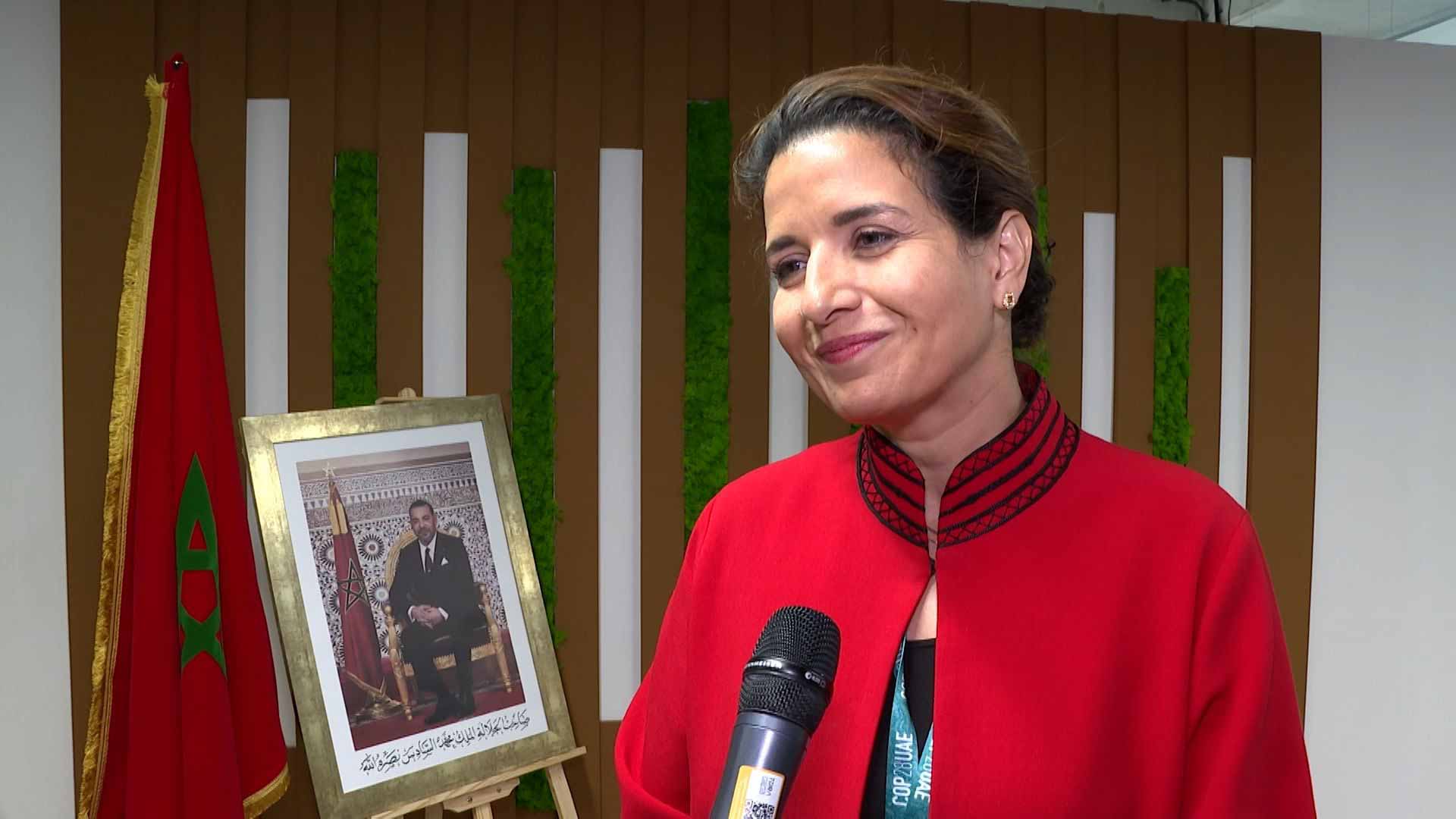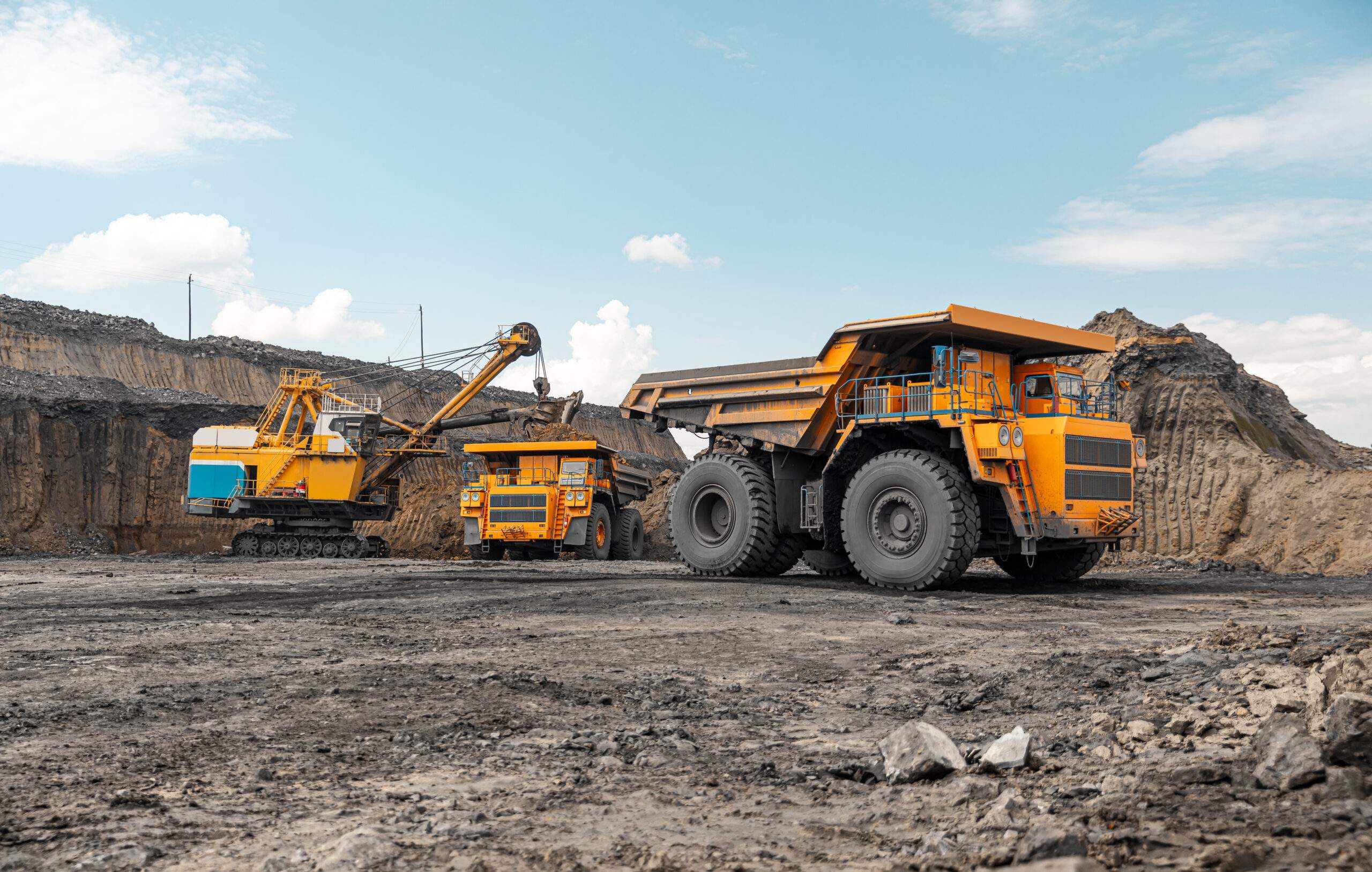Transformational technologies – which will enable the next revolution in mining?
Seequent, a Vancouver-based technology company that provides geoscientific analyses to strengthen the accuracy of the economic analysis of mine projects, recently hosted an online thought leadership forum to discuss innovative technologies being used in the industry, and to analyze the opportunities and challenges they are creating in the mining space.
Panelists were Shelby Yee – geological engineer, co-founder and CEO of RockMass Technologies, Matt Blattman, director, technical services, Hecla Mining, Marcelo Godoy, chief technology officer at AngloGold Ashanti and Alex Boucher, technical solutions director at Seequent. The panel was moderated by Emily King.
The following passages are excerpts from the forum discussion, edited for length and clarity.
King: What AI technologies are you seeing used and considered, and what are the biggest technological advances you’ve seen this year?
Shelby Yee – geological engineer, co-founder and CEO of RockMass Technologies:
The world I live most closely to is Lidar and I’ve really seen that explode in the past year. There are so many different applications and use cases for Lidar. You’re seeing Lidar being applied to drones, to vehicles, technical services, used all in different applications. I think there’s a lot of room for several Lidar scanners. There’s not just one type of Lidar that’s going to serve all purposes. And then there’s a lot of experimentation with AI and VR with that 3D information, which I’m seeing uptake in that realm in the digital twin sector as well.
Really anything that enables people to better visualise and understand the information, the 3D information that they’re working with is starting to take off right now.
King: What are some of the key challenges you’re seeing when you’re trying to adopt digital workflows?
Matt Blattman, director, technical services, Hecla Mining:
I think the simplest one, first is always people. Change management is not always about dropping a new toy into a system and seeing what happens. It’s usually the people who are using it that become the biggest challenge of things. So, people and managing their expectations.
Sometimes something that’s inconvenient in a new workflow is not any worse than it was before, but because it’s something new, they stop using it and that’s one of the hardest things to deal with. The second thing we try to focus on is define the workflow first and then drop in the technology to fit the workflow that you’re desiring.
But what do you really want to do if you start with the tech and then build a workflow around the tech, you may end up with something that’s probably not as efficient or not what you really wanted to start with the final bit.
I think that our biggest challenge is finding those connectors. The days of having a single solution that does everything for everybody is probably not there. So realistically we’re buying tech from several different vendors and they don’t always play well with each other. And famine finds those connectors both upstream and downstream and making sure that they meet those needs is probably the biggest challenge we’re finding today, that’s what interrupts our workflows the most. It’s just this one’s not talking well with the other one.
And mining, I think compared to mechanical engineering, and maybe it’s because of the nature of our processes and we can’t standardise as much as automotive manufacturing. But it is a challenge to standardise across the system, which then makes it harder for everybody to talk to each other.
King: What new and emerging technologies are AngloGold Ashanti focusing on – specifically with regard to the company’s investments?
Marcelo Godoy, chief technology officer at AngloGold Ashanti:
“It’s important that technology roadmaps address specific requirements of each company. Right now we have a target to reach net zero emissions by 2050 with a substantial reduction to be achieved in 2030. So given this, I wanted to talk about three types of transformation technologies –technologies that we are investing in. They are the most important technologies I see at the moment in our portfolio.
Number one is electric vehicles. The use of EVs in underground mines is seen as a great step forward because it reduces ventilation requirements due to the significant reduction in diesel particulate matter and heat. We are currently running trials of electric power underground haulage systems and pretty excited about the possibilities of this technology.
Number two is advanced robotics or autonomous systems. I have no doubt that by the time you reach zero net zero emissions in 2050, our minds will be run by robots. But for now we have been using autonomous drill rigs in which we can already see improvements, efficiency, precision and safety. We also make extensive use of semi-autonomous LHDs in our underground mines and we are studying the application of autonomous vehicles optimise efficiency and reduce risks in our projects in Nevada.
Number three is renewable energy integration. We are now incorporating renewable energy sources such as solar and wind power, internal operations of course to decrease emissions while lowering energy costs. There are plenty of other technologies we are applying, including advanced monitoring of tailing storage facilities, virtual reality for training, resource modelling, drones for geotechnical applications and machine learning to improve the process control in our processing plants.
King: What does technology like artificial intelligence of different kinds and digital twins bring into mining operations?
Godoy: I’m very excited about digital twins and the possibilities in that area, but there’s people out there trying to sell us digital twins for over $10 million for a given mine. That’s not really the answer in my mind.
I would like to see specifically AI systems that can run digital twins [and] create and run digital systems. This will allow us to model and simulate the behaviour and performance of entire mining complexes. It will help us optimise operations, predict failures, and test different scenarios for improved decision making.
It has a huge impact on our ability to design new mines because instead of having one or two or three designs, we can have thousands of different designs and can really explore the possibilities for that specific ore body. Another thing about digital twins is that it’ll break the instrument annual mining planning cycle that all mining companies go to every year and will allow for a quasi real time update that responds to the ever-changing conditions of mining operations.
King: When you’re investing in digital technologies, how do you view the risk versus reward calculus?
Godoy: This is very interesting because there are lots of vendors that come to us without a solution but are very willing to work with us for several months or years to get something developed. I don’t think that’s ever going to fly in with us as mining clients. I think the OEMs, the people out there that are developing technology could put a lot more effort and bring some real subject matter experts into their ranks so that they can develop solutions that are usable for the client.
We sincerely don’t have the patience and we don’t have the money to wait for months of development. What I’m talking about here is real technology off the shelf solutions that we can buy and we can apply and we can see value coming in. And I don’t think that’s going to change.
King: What do you see as the next real revolution in mining? Is this really about a continuous exchange of information between geology and operations that’ll bring about more of a truly revolutionary approach?
Alex Boucher, technical solutions director at Seequent:
First, if we want to get there, if we want to change things that are more than just on the margin, we have to re-look at the way we work today. And from [a] Seequent perspective, the way to get there is first to build a cloud platform where we can get data service applications connected where we can build new workflows. Currently the way we work is that we have a certain number of steps: A, B, C, D, and then we often look to improve step B, let’s improve step C and then gain the most fancy algorithms, but the gains will get marginal. So if you move one step from an hour to 30 minutes, then instead of spending one day you’ll spend eight hours.
The revolution will come when we try to look at things a bit more holistically and to say what’s the goal? What’s the solution, what do we want to achieve? And then from there, given the new technology, what can we do from there? As we always try to move to implement the step, the gain will always be marginal. There’s absolutely no way around that.
We need to think in terms of workflow. It’s very tricky because that forces big organisational change into our company. So this is a dance between service providers, what can we do to provide technology?
We believe that this change, this revolution if you like, we start from the platform but we’ll have to have the courage to change the way we’re doing [things] otherwise we’ll have marginal gain even if we have the smartest algorithms.
King: Whose responsibility is it to figure this out? Is it the service providers or is it the mining companies? What would a great model be for the industry to address challenges more collaboratively? How do we partner on those new revolutionary ideas?
Boucher: For the Seequent cloud platform we call Evo, we make it from the get-go an open platform that we’d like to bring partners. If a competitor wants to join, a competitor can. We cannot do everything. It’s impossible. If we work on feature A, that means we can live on feature B, but there’s lots of other companies, big and small networks and a connected environment and that we can build a network effect of the different applications so that someone is more knowledgeable and more capable in a certain space.
They can get on the platform, connect with the data, connect with leapfrog, connect with our service, and then we can start building things that I think will will increase significantly the velocity of innovation through connection and to be able to connect to the people – because nobody in the mining sector is big enough to do everything.
King: A challenge I’ve noticed with companies in this space is access to different levels of proprietary information. You learn from each other and collaborate on the infrastructure side while still maintaining competitive advantage on certain key things. How do you think technology might be able to help with setting some of those boundaries?
Boucher: I think we need a different way to distribute technology. Currently we mostly distribute technology to software for an application. A way we’d like to see that is as soon [as you] start distributing technology front to API that you have a platform, you can distribute technology and then that means the same technology, the same algorithms can be used and Seequent software could be used within a client application, could be used from a Python notebook, but then you have this global repository of technology that [is] available from different directions.
That means that we give ownership of a certain technology, but we don’t necessarily control other technologies used without the application, without the industry. And I think this is somewhere that could improve innovation by quite a lot.
Share this content:














